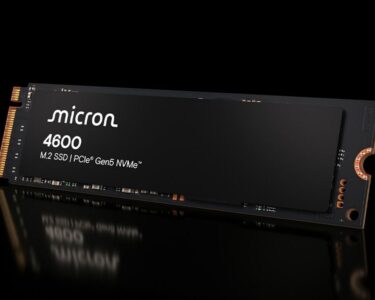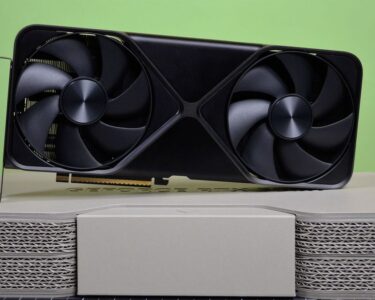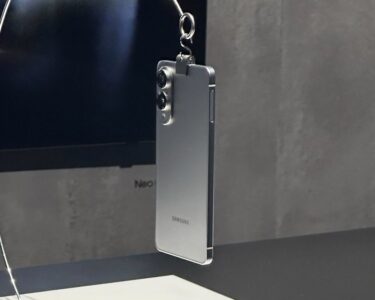In the hunt for new materials, scientists have traditionally relied on tinkering in the lab, guided by intuition, with a hefty serving of trial and error.
But now a new battery material has been discovered by combining two computing superpowers: artificial intelligence and supercomputing. It’s a discovery that highlights the potential for using computers to help scientists discover materials suited to specific needs, from batteries to carbon capture technologies to catalysts.
Calculations winnowed down more than 32 million candidate materials to just 23 promising options, researchers from Microsoft and Pacific Northwest National Laboratory, or PNNL, report in a paper submitted January 8 to arXiv.org. The team then synthesized and tested one of those materials and created a working battery prototype.
While scientists have used AI to predict materials’ properties before, previous studies typically haven’t seen that process through to producing the new material. “The nice thing about this paper is that it goes all the way from start to finish,” says computational materials scientist Shyue Ping Ong of the University of California, San Diego, who was not involved with the research.
The researchers targeted a coveted type of battery material: a solid electrolyte. An electrolyte is a material that transfers ions — electrically charged atoms — back and forth between a battery’s electrodes. In standard lithium-ion batteries, the electrolyte is a liquid. But that comes with hazards, like batteries leaking or causing fires. Developing batteries with solid electrolytes is a major aim of materials scientists.
The original 32 million candidates were generated via a game of mix-and-match, substituting different elements in crystal structures of known materials. Sorting through a list this large with traditional physics calculations would have taken decades, says computational chemist Nathan Baker of Microsoft. But with machine learning techniques, which can make quick predictions based on patterns learned from known materials, the calculation produced results in just 80 hours.
First, the researchers used AI to filter the materials based on stability, namely, whether they could actually exist in the real world. That pared the list down to fewer than 600,000 candidates. Further AI analysis selected candidates likely to have the electrical and chemical properties necessary for batteries. Because AI models are approximate, the researchers filtered this smaller list using tried-and-tested, computationally intensive methods based on physics. They also weeded out rare, toxic or expensive materials.
That left the researchers with 23 candidates, five of which were already known. Researchers at PNNL picked a material that looked promising — it was related to other materials that the researchers knew how to make in the lab, and it had suitable stability and conductivity. Then they set to work synthesizing it, eventually fashioning it into a prototype battery. And it worked.
“That’s when we got very excited,” says materials scientist Vijay Murugesan of PNNL in Richland, Wash. Going from the synthesis stage to the functional battery took about six months. “That is superfast.”
The new electrolyte is similar to a known material containing lithium, yttrium and chlorine, but swaps some lithium for sodium — an advantage as lithium is costly and in high demand (SN: 5/7/19).
Combining lithium and sodium is unconventional. “In a usual approach … we would not mix these two together,” says materials scientist Yan Zeng of Florida State University in Tallahassee, who was not involved in the research. The typical practice is to use either lithium or sodium ions as a conductor, not both. The two types of ions might be expected to compete with one another, resulting in worse performance. The unorthodox material highlights one hope for AI in research, Zeng says: “AI can sort of step out of the box.”
In the new work, the researchers created a series of AI models that could predict different properties of a material, based on training data from known materials. The AI architecture is a type known as a graph neural network, in which a system is represented as a graph, a mathematical structure composed of “edges” and “nodes.” This type of model is particularly suited for describing materials, as the nodes can represent atoms, and the edges can represent bonds between the elements.
To perform both the AI and physics-based calculations, the team used Microsoft’s Azure Quantum Elements, which provides access to a cloud-based supercomputer tailored for chemistry and materials science research.
The project, Baker says, is an example of a practice known in tech circles as “eating your own dog food,” in which a company uses its own product to confirm that it works. In the future, he says he hopes others will pick up the tool and use it for a variety of scientific endeavors.
The study is one of many efforts to use AI to discover new materials. In November, researchers from Google DeepMind used graph neural networks to predict the existence of hundreds of thousands of stable materials, they reported in the Dec. 7 Nature. And in the same issue of Nature, Zeng and colleagues reported on a laboratory operated by AI, designed to produce new materials autonomously.





